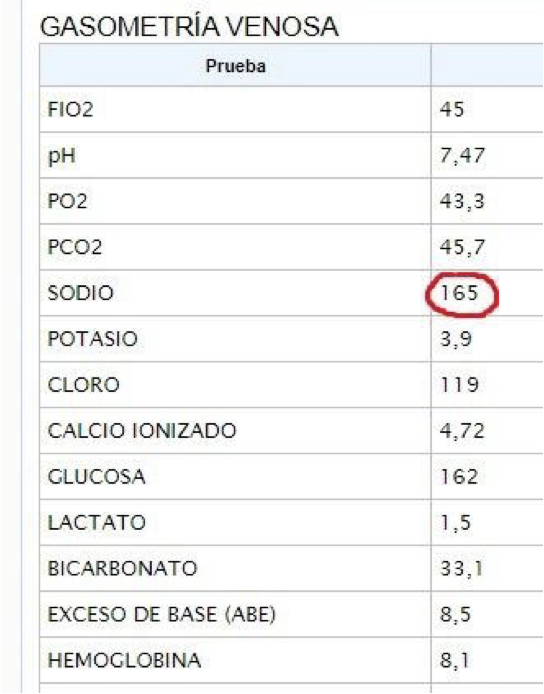Pt w right HF and high probability pulmonary hypertension
TAPSE 15 mm, TRVmax 4.1 m/s, paradoxical septal motion
Renal Venous Doppler 👇
According to doi.org/10.1161/JAHA.1…, Which curve color would best describe this patient's PH-related morbidity?
Poll and 🧵👇
1/6

TAPSE 15 mm, TRVmax 4.1 m/s, paradoxical septal motion
Renal Venous Doppler 👇
According to doi.org/10.1161/JAHA.1…, Which curve color would best describe this patient's PH-related morbidity?
Poll and 🧵👇
1/6


Which curve in the Kaplan Meier Curve above best fits this particular patient?
2/6
2/6
The Renal Doppler shown 👆 looks like a biphasic pattern. This would mean the green curve 🟢
However there is a catch.....
3/6
However there is a catch.....
3/6

This is not the correct location for evaluating renal congestion
It should be done in an intra-renal vein (arcuate, interlobar) and NOT the main renal vein!
The main renal vein displays more pulsatility than intra-renal veins.
This is an example from a healthy person:
4/6
It should be done in an intra-renal vein (arcuate, interlobar) and NOT the main renal vein!
The main renal vein displays more pulsatility than intra-renal veins.
This is an example from a healthy person:
4/6

In fact, this is the actual interlobar renal vein from the case discussed.
It is definitely NOT biphasic. I would call it pulsatile.
So the answer is the red 🔴 curve!
5/6
It is definitely NOT biphasic. I would call it pulsatile.
So the answer is the red 🔴 curve!
5/6

IRV Doppler can sometimes be hard to get and can easily be misinterpreted. This is why #VExUS exists!
In this case IVC was non plethoric, hepatic and portal veins had normal flow patterns (#VExUS = 0) arguing agains a "biphasic" intra-renal venous flow!
END/


In this case IVC was non plethoric, hepatic and portal veins had normal flow patterns (#VExUS = 0) arguing agains a "biphasic" intra-renal venous flow!
END/



• • •
Missing some Tweet in this thread? You can try to
force a refresh





















